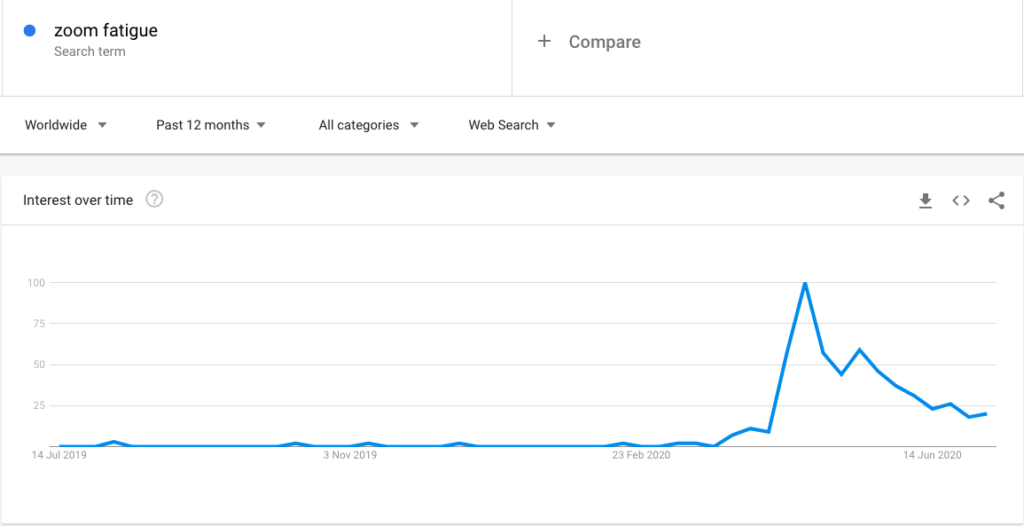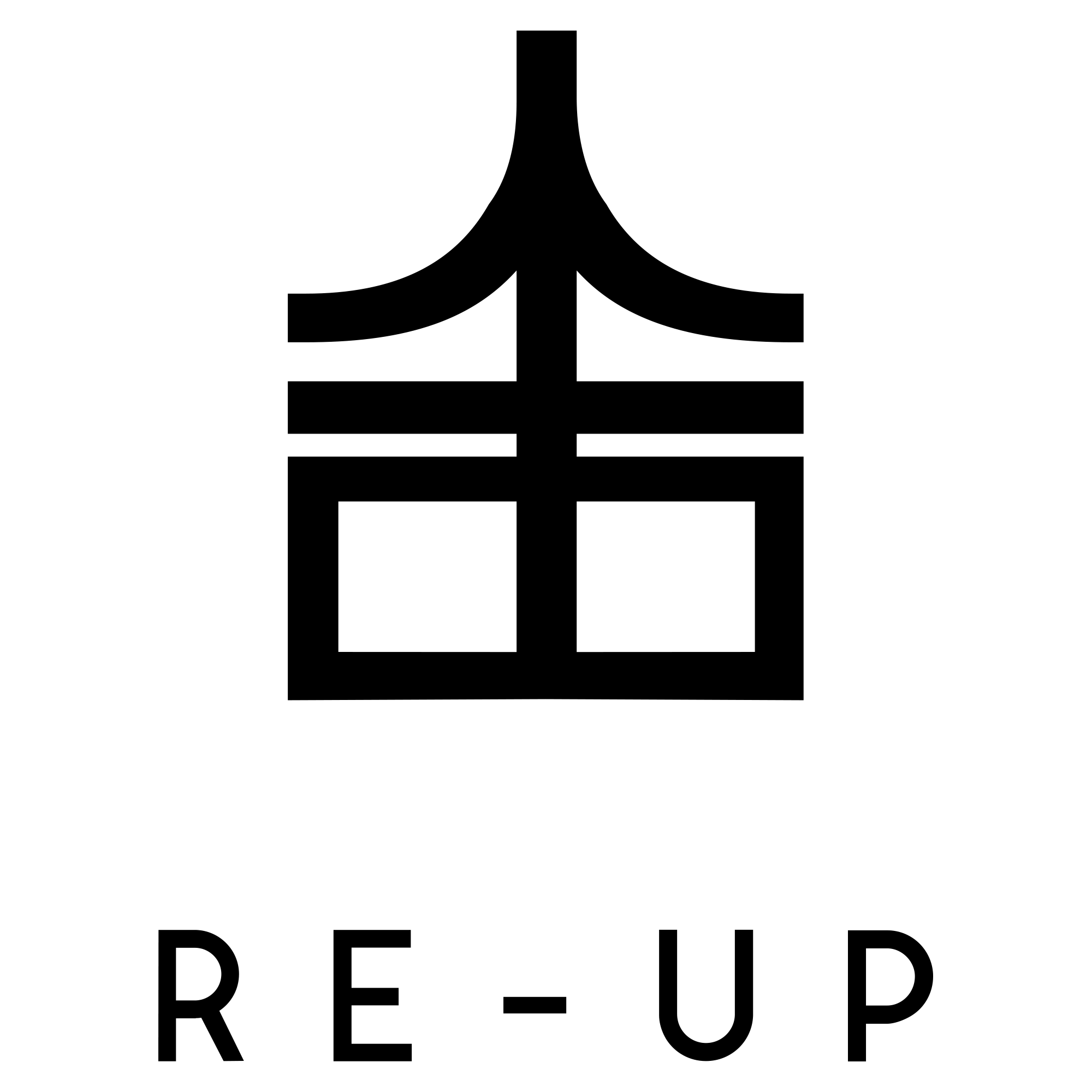For the past 8+ weeks, during the Covid pandemic, people have been keeping to themselves, staying inside and staying safe. This has meant that communication was primarily done through remote digital means, the telephone, emails, texts, video calls, with apps such as Houseparty or Zoom booming (+1072% and +1330% downloads respectively). For the past 8+ weeks, people have been distantly chatting, and “Zoom fatigue” has started to settle in.

“Zoom fatigue” is a social concept that defines the special kind of tiredness that comes from video calls, in part due to the lack of physical cues, staring at someone on a screen rather than staring at them in the eye, in part due to the constant freezing of the screens —Are you here? Can you hear me? Covid has propelled the use of our telephones and computers by 1000%, compelling us to rely on these digital tools that connect the separate and bring us into a new realm of time and space.
Flashback to August 10, 1876, Brantford Ontario when Alexander Graham Bell was able to make the first successful long-distance call to his assistant in Paris Ontario. Thirteen kilometres separated them, and yet the telephone allowed them to connect in real-time. Before the telephone, communication was limited to the telegraph which remained a delayed technology. The telephone was the first media device to conquer space and time. The physical aspect that was until then necessary to live-communicate with an “Other”, had been removed; conversations were, for the first time, remote.
How the telephone redefined time and space
In The Telephone Book, Avital Ronell develops the idea of the telephone as a controlling media. She explains how the telephone in itself is a paradox, seeing as it brings together distant people, ‘joins … [and] holds together what it separates’. In that sense, answering the telephone means making oneself available to the Other, without knowing who this Other is, nor why they are calling; it is subjecting yourself to the unknown.
Freud describes this power dynamic as “transference”, a displacement of affect from one person to another, an idea which was later appropriated by French psychoanalyst Jacques Lacan to show the unconscious transfer of power from one person to another. Its blindness makes it a great weapon of control.
The telephone has always been a dangerous media, for it creates new concepts of space and time where the two merge. This is ever so true today, in the age of smartphones and push notifications. From a two-way media, the telephone has become a multiverse. More functions, more apps, more ways of communicating (texts, calls, WhatsApp, Viber, Messenger, Instagram DM, Telegram, WeChat, Weibo, need I go on?), and the never-ending parade of notifications as a consequence.
Apps and brands: creating addiction to our phones
In 2017, the average American checked their phone 80 times a day, or once every 12 minutes, going up to 150 times a day or every 6.5 minutes in 2018 (study commissioned by Nokia) thanks to smart push-notification strategies. Apps like Instagram spread out the release of push notifications to keep you coming back.
These tiny hijacks take a moment of your brain that was previously dedicated to another task, without consent, leading to a spike in cortisol and anxiety levels. It’s like the telephone back in the day, but on steroids. Non-stop. Consequently, we switch our attention which can cut efficiency by 40%.
The rise of the digital detox as a response to an always-on society
Digital detoxes have been a trending topic these past few years, the hashtag #DigitalDetox already collected more than 100,000 uses in 2018, and has been growing since then.
The negative effect of our attachment to our phones has been more than reported on in the news and debates around whether or not employees should be checking their emails outside of working hours —54% of commuters use the train WiFi to check their emails on their way to work— have become more and more discussed. Most recently, Away CEO, Steph Korey, was asked to step down after a damning The Verge article shed light on the company’s toxic environment, accused of bullying over Slack at all hours.
While the trend toward a digital detox might come as a threat to social media platforms and the brands that market on them, a surprising turn of events has appeared: they have embraced and encouraged it. In 2018, Instagram, Facebook and YouTube released tools for users to keep track on their screen time. Apple integrated sleep-related feature in response to people’s inability to switch off at night.
Brands have had to review their strategies as a consequence, aiming for attention-grabbing ads that keep users engaged, all within a ‘feel good’ frame, making the online experience a positive one once more. Mindfulness apps such as HeadSpace, that encourage people to switch off, have only boomed in these past few years, hitting 330 million USD in revenue in 2019.
The digital in the age of Covid: stronger and weaker than ever
Before Covid, brand communications geared towards the focus on IRL experiences, with campaigns encouraging people to disconnect. However, how does one disconnect when being connected is the only way to upkeep a social life? In fact, during the lockdown, people spent on average 20% more time on apps, creating an unprecedented opportunity for brands to engage with their community, leading brands to be ever-more active on social media as a way to entertain people in these social distancing times. In these times, we have seen an increase in video content, an increase in IGTV, Instagram Live, Facebook Live, with brands creating schedules and daily or weekly rendez-vous for their fans to connect with them. Going even further, brands have reviewed the IRL events they were supposed to host during Covid, adapting them for the online world. Tower 28 Beauty celebrated the launch of their Bronzino Bronzer with a Zoom tutorial featuring make-up artist Katie Jane Hughes who explained via a video call with influencers how best to use the product in their make-up routines. In a similar vein, Euphoria make-up artist Kirsten Coleman held a free Zoom make-up masterclass. Cooking brands and influencers have been hosting cooking shows, and there are talks about a digital Fashion Week. Never has the online experience and digital communication been more important and stronger, but have consumers reached their digital peek? Enters, the “Zoom fatigue”, the circle is complete.
What marketers can take from this:
- Bringing the digital detox to real life. Phone policies for live events, no phone parties, forbidding photographs, etc. make the event that much more special for the attendees, that much more enjoyable.
- Thinking beyond the box. While this trend mostly affects the tech and digital companies (who have needed to review their strategies and offer solutions to disconnect), other industries can also provide solutions, such as Petit Bateau who now offers clothes and blankets with anti-electromagnetic waves technology.
- Less notifications and emails with more substantial content as to not overwhelm followers with many daily interruptions.




